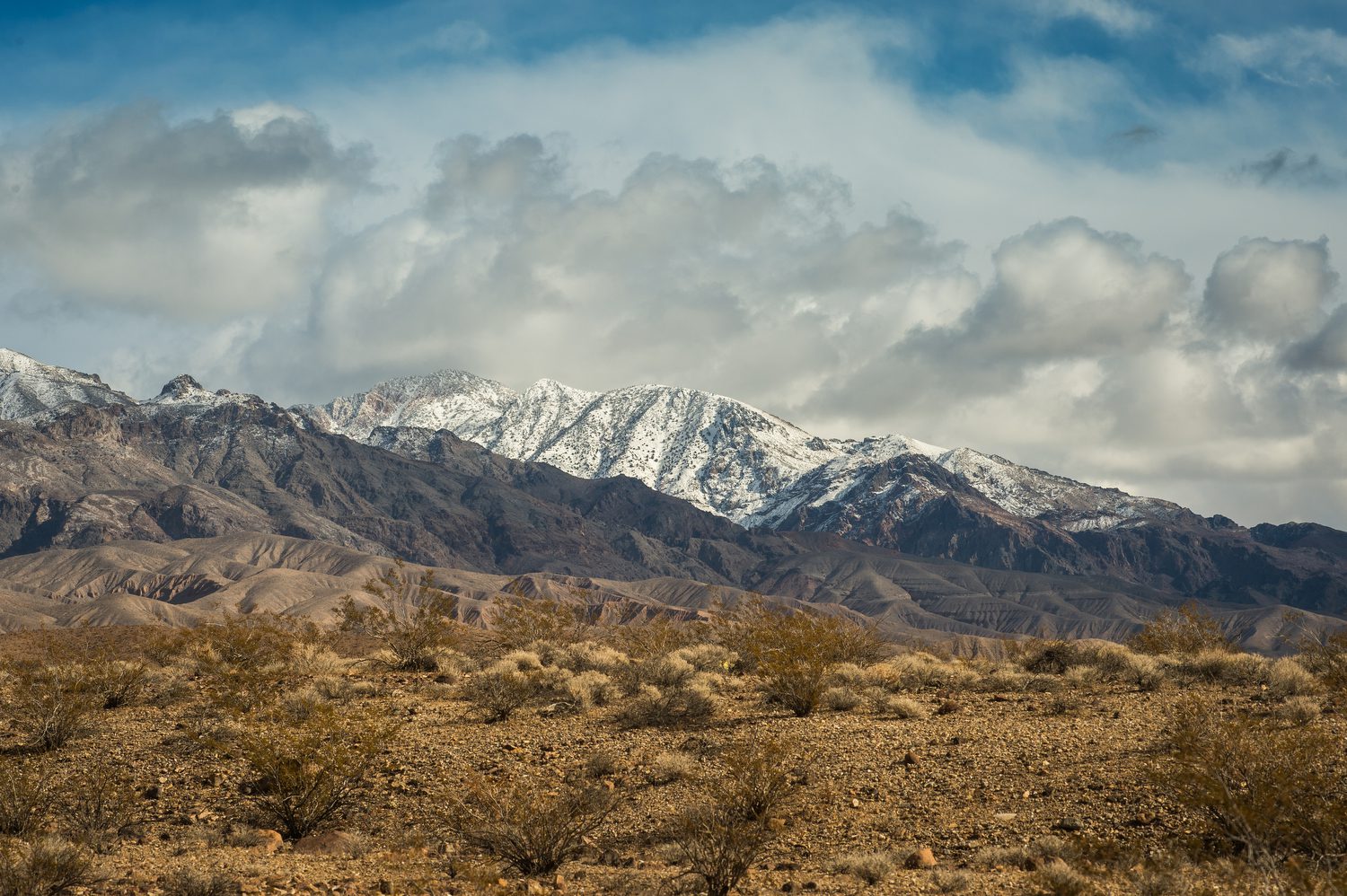Somewhere between the bright lights of Las Vegas and the monolithic monument to mankind’s ingenuity, the Hoover Dam, lies a little thought of – but expansively wide and diverse – land full of natural wonders rich in cultural and scientific significance.
The great state of Nevada is known the world over for its deserts – and the man made oasis where one can have a little fun on a bachelor or bachelorette weekend!
Surprisingly, it is also known for its rivers and lakes, which would seem counterintuitive, but the Silver State has much more to offer than sand dunes and slot machines to the would-be visitor.
The seventh most expansive, and 19th least populated state, Nevada has plenty of room for the imagination, and the natural treasures it contains within its borders. Nevada offers adventures for everyone!
Below are a few not to miss highlights:
LAKE MEAD NATIONAL RECREATION AREA: One of Nevada’s most recognizable and famous attractions can be found just outside Las Vegas at Lake Mead. A veritable sportsman’s paradise, this national park preserves the mighty lake that plays such an important ecological role in the surrounding area.
Lake Mead National Recreation Area is America’s first and largest national recreation area. It offers stunning vistas of the surrounding hills and mountains as well as brilliant blue waters that locals and visitors alike may utilize for fishing, boating, and swimming, while the surrounding 1.5 million acres of natural preserve are a playground for hikers and campers.
And, for the cherry on top – the Hoover Dam stands between Lake Mead and Lake Mohave and is a must-see marvel of American industrial might. This national recreation area is a gem of the United States’ park system!
Video Courtesy NPS
GREAT BASIN NATIONAL PARK: Few national parks can rival this Nevada wonder with its wide swath of topography, history, and wildlife. Reaching from the sage foothills all the way to the pinnacle of Wheeler Peak at over 13,000 feet, this national park offers ancient trees believed to date back to the last Ice Age while remarkable and intricate caves dot the landscape. Hiking, camping, and endless nighttime stars gazing in the greater basin area are popular activities at this national park.
TULE SPRINGS FOSSIL BEDS NATIONAL MONUMENT: For the historically minded traveler, Tule Springs Fossil Bed National Monument is a must-visit. Learn more about ancient natural history at this urban national park. Tule Springs Fossil Beds preserves thousands of Ice Age fossils that continue to tell the story of an ever-evolving ecosystem. Preserved over 100,000 years ago, these fossils teach visitors about a world long past – but still relevant to the surrounding ecosystems. It may surprise visitors to learn that many prehistoric animals once roamed the area of Tule Springs, like the columbian mammoth, ground sloths, and dire wolf.
DEATH VALLEY NATIONAL PARK: Though the name is decidedly ominous, this national park crosses the Nevada-California border area. America’s lowest-lying, hottest and driest national park, Death Valley, is truly a land of wild extremes.
Known for its record high temperatures and scorching deserts, Death Valley is also home to snow-speckled mountain peaks and bountiful wildflowers brought on by the infrequent but torrential rainstorms.
Don’t let a foreboding name discourage you from visiting, as it contains a plethora of natural treasures to explore. But don’t forget to pack extra water and lots of sunscreen!





